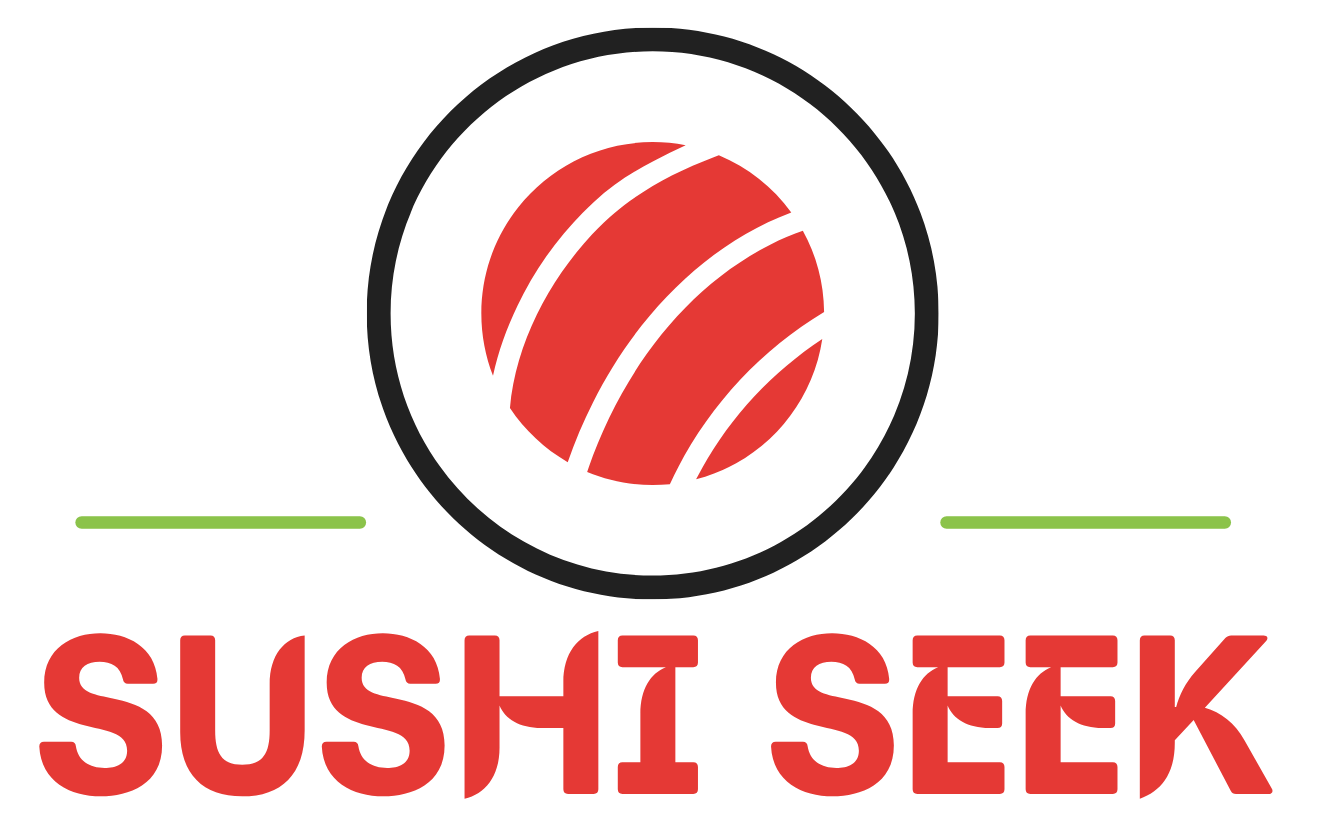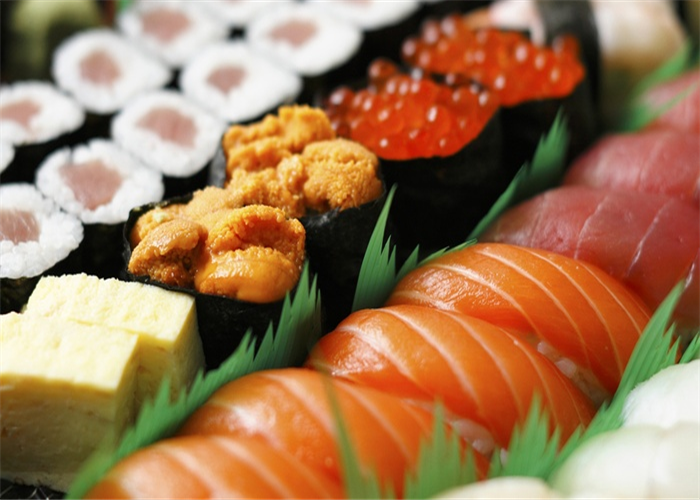When most people think of great sushi in the United States, cities like New York and Los Angeles immediately come to mind—and for good reason. Both are rich in Japanese culinary influence and packed with world-class sushi restaurants. But if you’re willing to venture off the beaten path, you’ll find that some of the best sushi in the U.S. is being served in unexpected places.
Across the country, chefs are fusing traditional Japanese techniques with local flavors, and smaller cities are emerging as serious contenders in the sushi scene. Whether you’re a die-hard sushi fan or just beginning your raw fish journey, this guide explores lesser-known sushi hotspots you’ll want on your radar.
Let’s dive into the top U.S. cities for sushi lovers you didn’t expect—plus what makes each destination worth the trip.
Ingredient and Flavor Preferences Across Coasts
While sushi’s foundation is universal—fresh seafood, vinegared rice, and delicate balance—each coast has developed its own ingredient trends based on culture, supply chains, and local palate preferences.
West Coast Sushi: Fresh, Local, and Adventurous
- Heavy use of avocado, mango, and crab
- Frequent incorporation of sriracha, aioli, and sweet sauces
- Fusion flavors influenced by Mexican, Hawaiian, and Californian cuisine
- Local seafood like albacore, yellowtail, and sea urchin
East Coast Sushi: Clean, Sharp, and Elegant
- Traditional focus on tuna, salmon, fluke, and eel
- Minimalist seasonings with emphasis on soy sauce, wasabi, and pickled ginger
- More omakase-style menus and authentic Japanese offerings
- Frequent use of East Coast-sourced seafood and Japan-imported fish
If you’re searching for sushi that reflects local ingredients and bold twists, the West Coast wins. Prefer a refined, Tokyo-style experience? The East Coast is where you’ll feel at home.
Roll Size, Presentation, and Sauce Usage
The physical style of sushi changes noticeably depending on where you are in the U.S.—from plate to portion to drizzle.
Roll Size
- West Coast: Large, stuffed rolls, sometimes tempura-fried
- East Coast: Compact, traditional sizes, especially in omakase settings
Presentation
- West Coast: Colorful, artistic platings with garnishes and sauce designs
- East Coast: Simple and elegant presentations with minimal distraction
Sauce Usage
- West Coast: Bold sauces like spicy mayo, eel sauce, and aioli often drizzled on top
- East Coast: Light sauce use—sauces are typically served on the side or brushed lightly
This regional divide can spark friendly debate. Sushi purists tend to favor East Coast style, while creative foodies are often drawn to the boldness of the West.
Popular Sushi Restaurants That Define Each Coast
Some sushi spots have helped define the flavor and reputation of coastal sushi culture. Here are just a few that stand out:
West Coast Icons
- SUGARFISH by Sushi Nozawa (Los Angeles): High-quality, chef-curated boxes with a “Trust Me” format
- Nobu (Malibu + Las Vegas): World-famous Japanese-Peruvian fusion with upscale ambiance
- Sushi Ota (San Diego): Beloved traditional omakase spot with fish flown in daily from Japan
East Coast Icons
- Sushi Nakazawa (New York City): World-class omakase at the counter of a former apprentice of Jiro Ono
- O-Ya (Boston): Artistic fusion of traditional sushi with modern American flavors
- Sushi Taro (Washington, D.C.): A well-respected destination for authentic Japanese dishes and seasonal tasting menus
Want to discover more sushi spots coast to coast? Explore the SushiSeek restaurant directory for curated listings by region, chef, and menu style.
How Sushi Menus Adapt to Regional Tastes
Regional preferences go beyond ingredients—they influence the very structure of a sushi menu.
West Coast Menus
- Fusion-heavy selections with sushi burritos, poke bowls, and vegan options
- Use of trendy ingredients like jalapeño, mango, and tempura crunch
- Creative roll names like “Volcano Roll” or “Dragon Crunch”
East Coast Menus
- Cleaner, structured menus with defined sections for nigiri, sashimi, and rolls
- Focus on high-quality fish, often highlighted by origin or season
- Greater availability of omakase and multi-course tasting options
Want to see side-by-side comparisons of menus? Browse SushiSeek’s regional sushi menu breakdowns for deeper insights.
Final Thoughts: Sushi Culture, Coast to Coast
So—East Coast or West Coast? There’s no wrong answer. Both coasts offer world-class sushi, shaped by their ingredients, cultures, and dining styles.
Here’s a quick comparison:
| Feature | West Coast Sushi | East Coast Sushi |
|---|---|---|
| Roll Size | Larger, fusion-focused | Smaller, traditional size |
| Ingredients | Avocado, crab, jalapeño, sauces | Tuna, salmon, fluke, minimal sauces |
| Presentation | Colorful, artistic plating | Clean, minimalistic |
| Dining Style | Trendy, fusion-friendly | Refined, omakase-focused |
| Menu Design | Creative roll names and fusion sections | Structured menus and tasting options |
Whether you’re planning your next trip or comparing your hometown sushi to the other coast, let SushiSeek.com guide your journey.
Ready to explore more?
Browse our sushi travel guides, compare top-rated restaurants, and use our tools to find your next favorite sushi spot—on any coast.
Visit SushiSeek.com to start your sushi search today.

